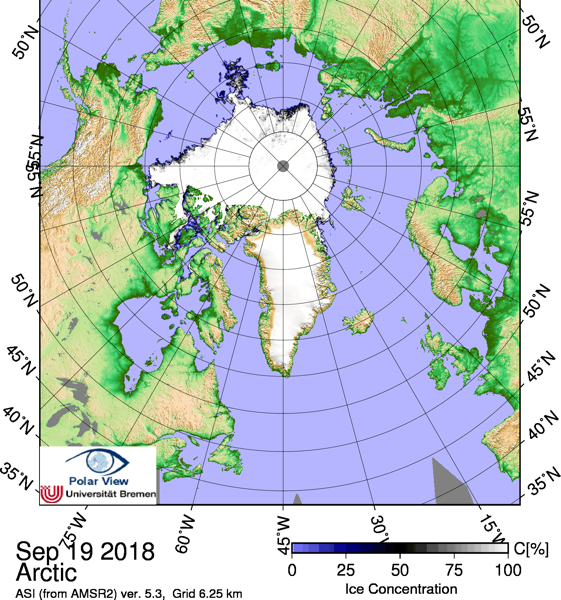 This article doesn’t discuss it, but the South Pole has migrated outside Antarctica.
This article doesn’t discuss it, but the South Pole has migrated outside Antarctica.
Erratic motion of north magnetic pole forces experts to update model that aids global navigation.
Something strange is going on at the top of the world, a Nature article says.
Earth’s north magnetic pole has been skittering away from Canada and towards Siberia, driven by liquid iron sloshing within the planet’s core.
The magnetic pole is moving so quickly that it has forced the world’s geomagnetism experts into a rare move.
On 15 January [now delayed], they are set to update the World Magnetic Model, which describes the planet’s magnetic field and underlies all modern navigation, from the systems that steer ships at sea to Google Maps on smartphones.
The most recent version of the model came out in 2015 and was supposed to last until 2020 — but the magnetic field is changing so rapidly that researchers have to fix the model now.
“The error is increasing all the time,” says Arnaud Chulliat, a geomagnetist at the University of Colorado Boulder and the National Oceanic and Atmospheric Administration’s (NOAA’s) National Centers for Environmental Information.
The problem lies partly with the moving pole and partly with other shifts deep within the planet. Liquid churning in Earth’s core generates most of the magnetic field, which varies over time as the deep flows change.
In 2016, for instance, part of the magnetic field temporarily accelerated deep under northern South America and the eastern Pacific Ocean. Satellites such as the European Space Agency’s Swarm mission tracked the shift.
By early 2018, the World Magnetic Model was in trouble.
Researchers from NOAA and the British Geological Survey in Edinburgh had been doing their annual check of how well the model was capturing all the variations in Earth’s magnetic field. They realized that it was so inaccurate that it was about to exceed the acceptable limit for navigational errors.
Wandering pole
“That was an interesting situation we found ourselves in,” says Chulliat. “What’s happening?”
The answer is twofold, he reported last month at a meeting of the American Geophysical Union in Washington DC.